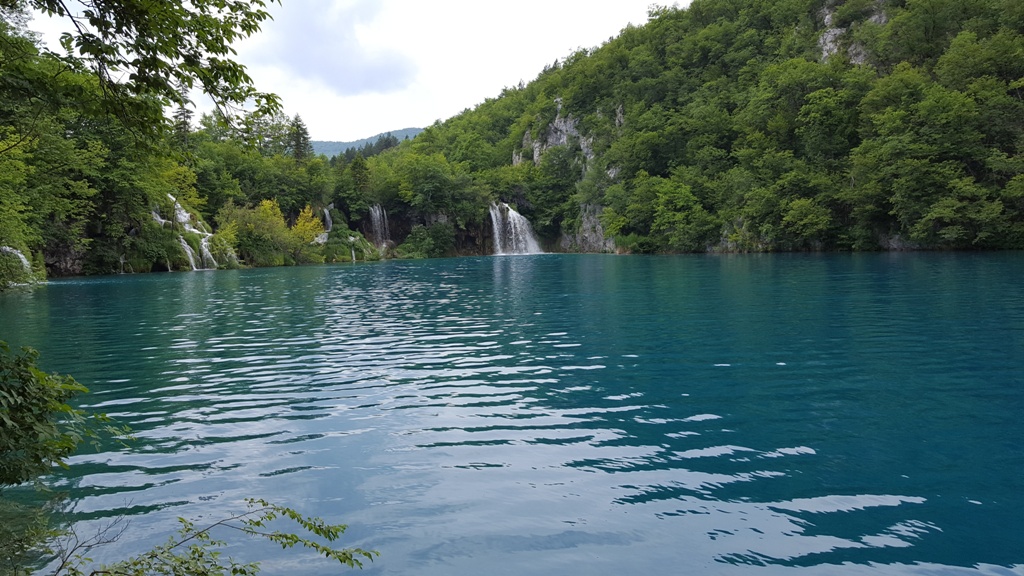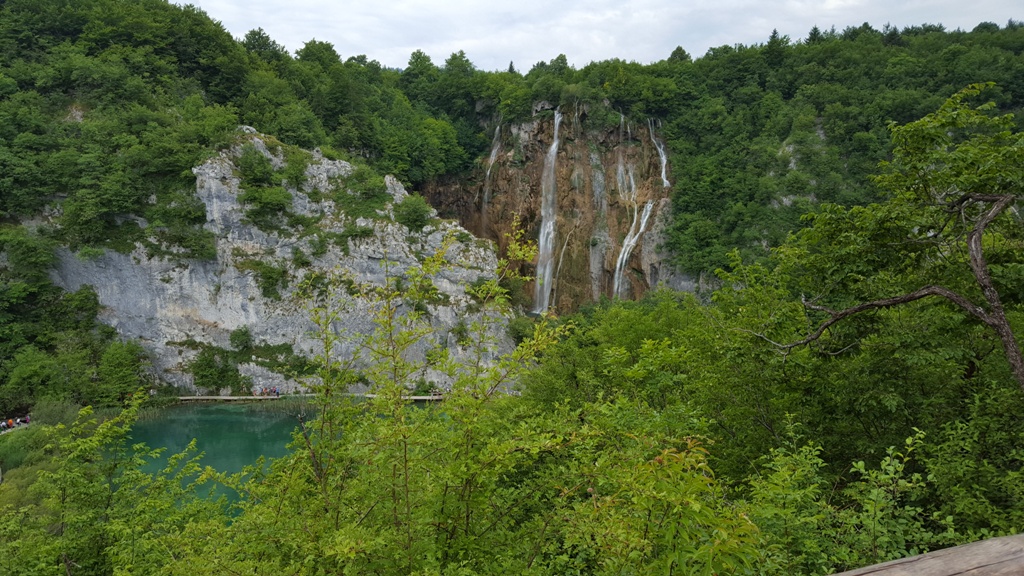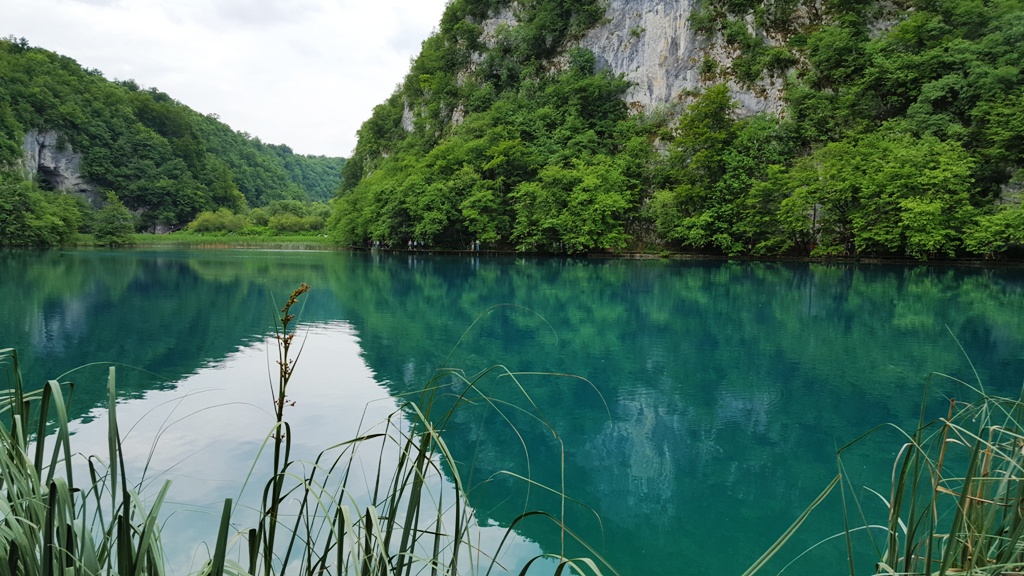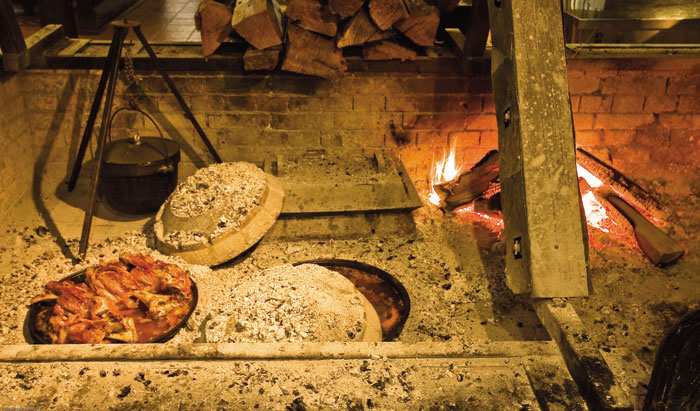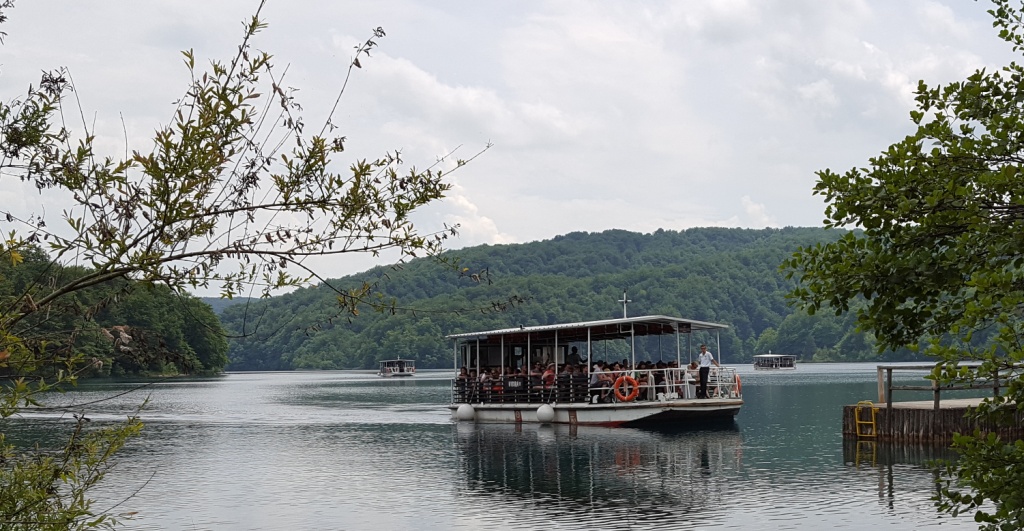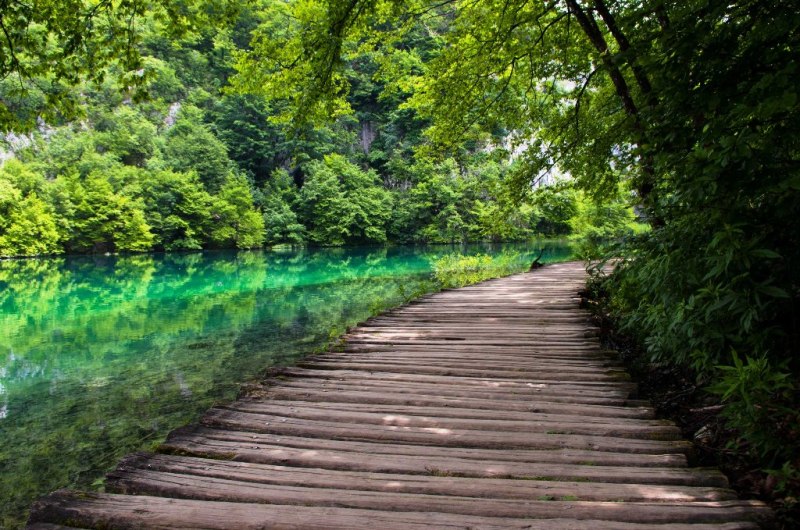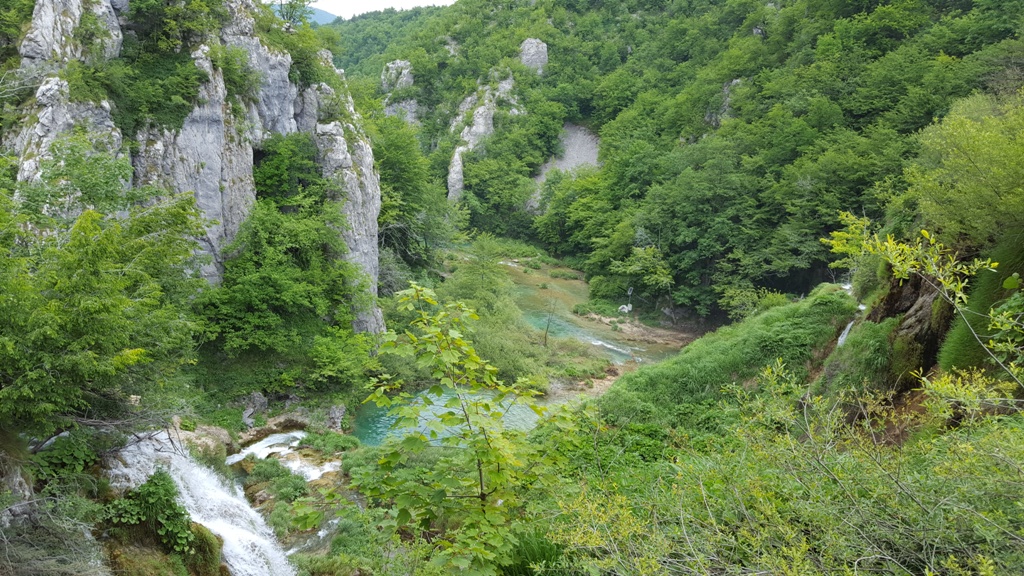Plitvice Lakes National Park
You are here: Home > Destinations > Croatia > National Parks in Croatia > Plitvice Lakes National Park
About Plitvice Lakes National Park
Plitvice National Park is located approximately halfway between Zagreb and Zadar. The park is one of Croatia’s most scenic areas and gained UNESCO status in 1979; it consists of 16 lakes linked by a series of spectacular waterfalls and surrounded with beautiful woodlands. Plitvice National Park is also home to a wide variety of woodland animals and rare bird species.
Within the Plitvice controlled visitor zones there are a number of wooden walkways which run alongside the lakes and waterfalls, there are also a variety of hiking trails through the woodlands. Other activities available in the Plitvice area include canoeing, cycling and fishing. The Park is open daily, all year round, with longer opening hours during summer and there is a reasonably expensive entrance fee which acts as a contribution to the Park's upkeep and its protection. In the summer the park is green and full of lush vegetation while in the winter the lakes and waterfalls freeze leaving spectacular ice sculptures.
Visiting Plitvice National Park
Each year more than one million visitors come to relax and enjoy the beauty of the park. The main attraction is, of course, the 16 lakes which are oriented roughly on a North-South axis and can be thought of as a comprehensive system, rather than as separate entities. Through an elegant and rather complex process involving the dissolution of dolomite and limestone rocks and the subsequent sedimentation onto naturally occurring vegetation, the erosion process, which would typically have cut a continuous river system, has been somewhat suspended and results in this unique and picturesque system of lakes.
Plitvice Lakes are known just as much for their crystal clear water as for the waterfalls between them. This place has long been considered special and, although millions of people enjoy Plitvice every year, the delicately balanced environment is kept as pristine as possible… this is accomplished via exceptionally strict regulations and an excellent, dedicated team of park rangers.
** PRE-BOOK YOUR TICKETS AS PART OF YOUR HOLIDAY **
We strongly recommend pre-booking entrance tickets prior to arrival as the park authorities have begun strictly limiting visitor numbers. We can book fully-inclusive tickets for a date and time of your choosing and will arrange them for the most convenient gate for your specific hotel.
The entrance ticket is your contribution to the lasting protection and management of the Plitvice Lakes National Park. Choose from one-day or great value two-day tickets.
The entrance ticket includes the following:
- Entrance to the park at your chosen time of arrival (hourly slots)
- Ride in sightseeing vehicle(s)
- Electric boat ride
- Vistor WC facilities
- Accident insurance
- 22km of trails throughout the lake system
- 36km of hiking trails
- A chance to see a unique wonder of the world
PARKING
At Entrance 1 and Entrance 2 of the National Park visitor parking is available for all types of vehicles. Parking is paid upon exiting the park, at the parking payment stalls (approx. £1 per hour, slightly higher in peak season).
History and Geography of the Lakes
Croatia’s first National Park established in 1949 covers 296.85 km2 and is the largest of the eight National Parks in the country. It ranges in altitude from 367m (Koranski Most) to 1279m (Seliški Vrh) above sea level. The park was inscribed on the UNESCO’s World Heritage List in 1979, in recognition of its "outstanding natural beauty and undisturbed production of travertine (tufa) through chemical and biological action". The park represents the phenomenon of karst hydrography and harbours a grand collection of waterfalls, a gallery of lakes, forests and a great diversity of animal life. The lakes are renowned for their distinctive colours, ranging from azure to green, grey or blue; the colours change constantly depending on the quantity of minerals or organisms in the water and the angle of sunlight. The sixteen lakes which are formed by natural dams of travertine are separated into upper and lower lakes and around 8km of pathways and wooden walking trails are accessible to visitors.
Traditional Cuisine
In the past the dwellers of this area were mostly cattle-breeders, farmers, millers, lumberjacks and woodworkers and their way of life greatly determined their diet and cooking. The food was kept on the earth, in "rukace" (earthenware); bread, the basic food, was made mostly of corn, and baked covered by ash and live coals in the hearth. Later "peke" or "pekve" (earthenware) were used, made by the local potters. Hard-boiled corn mush was also often prepared which was cooked from cereals (oats, barley and millet) and seasoned with butter.
Since the woods were the part of the dweller's lives it was used as the source of food; people often went game hunting (dormice were a delicacy) and gathered wild berries. Mushrooms were collected in the woods, too: morels and field mushrooms. It is quite surprising that, even though the lakes were nearby, the dwellers rarely went fishing, they mostly caught trout in the streams of Plitvica, Sartuk and Jasenica. Milk, which was plentiful in this area, was prepared in various ways: sour or sweet. "Kiselina" (sour milk) as well as cheese, butter, "basa" (soft cheese made of "skorupa") and cream were made on daily basis. In cheese making, rennet was used and butter was prepared in "stap", the special container - dairy products were mostly used during summer, with fresh or cooked vegetables, and dry - cured meat (smoked ham, bacon, sausages). One of the main delicacies was roasted lamb.
Today you can try some of this this traditional fayre in Plitvice Lakes National Park and one of the most popular restaurants is the Licka House restaurant (see below). Within the complex of the Park there are two more restaurants - Borje and Poljana, accompanied by many smaller establishments offering refreshments to weary travellers.
National Restaurant "Lička kuća"
Restaurant "Lička kuća" was built in 1972 in a traditional style with the idea of offering exclusively traditional regional dishes and is located opposite Entrance 1. The restaurant underwent a complete refurbishment in 2003 and now consists of two floors with a total capacity of 270 seats in the main hall and 32 seats on the terrace. The first floor is divided into different sections, each representing different villages from Lika region, filled with typical folk items from bygone days, in the centre of the ground floor there is an open wood-burning stove for spit-roasted lamb and different authentic dishes such as veal and potatoes baked under a clay bell.
Guests are offered outstanding local dishes, made with exclusively homemade products and following traditional recipes. "Pršut" (smoked ham), "basa" (a dip like dish, made of fermented milk), "lička juha" (lamb soup with vegetables), different kinds of meat and potatoes baked under a clay bell, grilled meats, "police" (baked potato halves) trout from the local rivers, and deserts such as doughnuts, apple, plum or cheese strudel are just some of the delicacies offered at this excellent restaurant.
PLACES OF INTEREST NEARBY
- Rastoke - the gorgeous watermill village. Once there were 22 mills here, now only two remain with wooden houses sitting on top of sturdy stone foundations to protect them from the rushing river beneath.
- Barać caves - A pearl of the underworld, created millions of years ago and used as a habitat for people during prehistoric times and also in the middle ages. Explore the Dragon’s Gorge and the Hall of Lost Souls; a tour of Upper Barac’s cave is organised with an expert guide and lasts 45-60 minutes.
- Smiljan - Memorial Nikola Tesla - This little village near Gospić is where the great scientist, Nikola Tesla, was born in 1856. The Memorial Centre was built in his honour, his life is shown in pictures, words and sounds; Tesla’s birth house has been completely restored and converted into a museum with unpublished documentary material. There are frequent organized activities and educational events enabling visitors to enjoy Tesla’s inventions and at least for a moment feel his genius, that was far ahead of its time
- Kuterevo (Shelter for young bears) - Peek into this bears' refuge, situated on the slopes of Velebit in Lika. This is a home for those bears that have been separated at a young age from their mothers, either by accident or due to poaching. They have been raised by the people at the shelter but have never acquired the necessary skills for living on their own in the wild so this is their permanent home. The centre is supported by bear lovers and bear experts.
- River Gacka - The beauty of Gacka River cannot be underestimated. It is a quiet area with clean mountain air where many come to fish for trout.
- Cerovac caves - Cerovac caves are located on the north eastern slope of Mount Velebit Crnopac (1403m), in the southern part of Velebit Nature Park. They were discovered during the construction of the Lika railway in 1924 and named after the Cerovac railway station. There is evidence that cave bears used to dwell here.
We look forward to being of service.
Hotels to visit
Where to stay
Reviews




